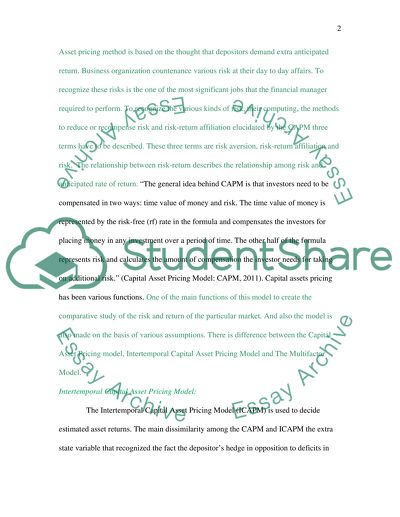Cite this document
(“Assignment of Mergers & Aquisitions Example | Topics and Well Written Essays - 2500 words”, n.d.)
Retrieved from https://studentshare.org/family-consumer-science/1416963-assignment-of-mergers-aquisitions
Retrieved from https://studentshare.org/family-consumer-science/1416963-assignment-of-mergers-aquisitions
(Assignment of Mergers & Aquisitions Example | Topics and Well Written Essays - 2500 Words)
https://studentshare.org/family-consumer-science/1416963-assignment-of-mergers-aquisitions.
https://studentshare.org/family-consumer-science/1416963-assignment-of-mergers-aquisitions.
“Assignment of Mergers & Aquisitions Example | Topics and Well Written Essays - 2500 Words”, n.d. https://studentshare.org/family-consumer-science/1416963-assignment-of-mergers-aquisitions.


